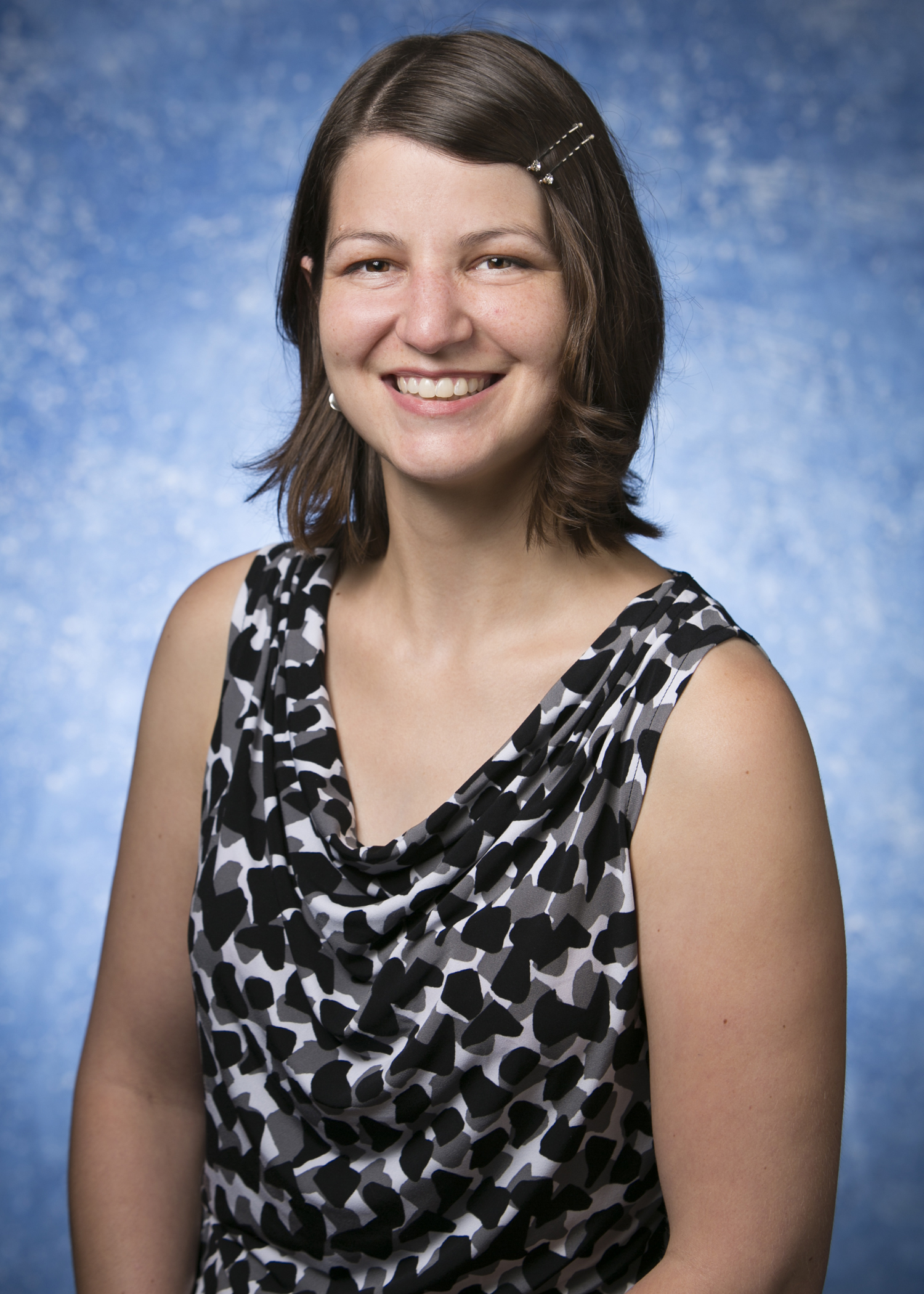Welcome to the forums at seaphages.org. Please feel free to ask any questions related to the SEA-PHAGES program. Any logged-in user may post new topics and reply to existing topics. If you'd like to see a new forum created, please contact us using our form or email us at info@seaphages.org.
Recent Activity
Two consecutive ATG start sites
| Link to this post | posted 02 Mar, 2017 19:15 | |
|---|---|
|
|
Question! (Also posted this on the external questions because I forgot my login). In viral genes, when there is start configuration like this: ATGATG … Is there some rule in bacteria/viruses that the second ATG is correct? We have several ORFs where the annotated START in other genomes (thus in STARTerator) choose ATG #2; however, ATG #1 would allow for a 4bp overlap with the upstream ORF, and if the subject in question already has its STOP overlapped 4bp with the downstream ORF - this would be a beautiful operon, but in direct conflict with STARTerator. -Victoria Kalah2_draft start@ 51741 vs. 51738 (REV). Pham 8105 |
| Link to this post | posted 03 Mar, 2017 16:54 | |
|---|---|
|
|
Victoria, Mass spec data of a few of these instances shows the protein starting at the amino acid next to the second start. Since it is common that the first methionine gets chopped of in post-translation processing, that NO methionine is present in the mass spec reads, it is likely that the second methionine initiated translation. So in this example, the 4 bp overlap gets 'trumped'. This decision is based on the simplest possible answer. and never forget, things do not have to be simple! |
| Link to this post | posted 26 Feb, 2023 19:09 | |
|---|---|
|
|
The Guiding Principles point 12 has been updated to choose the second of any two tandem (i.e. back-to-back) start sites based on the mass spec data and consideration of basic biology principles. guiding principles, point 12 subpoint f. |
| Link to this post | posted 15 Feb, 2024 17:50 | |
|---|---|
|
|
Hello! I have a follow up question realted to this. One of my students is evaluating two tandem starts in AWGoat Gene stop 8723 (Potential starts: 8409 and 8412). Unlike in the example above, these are not both ATG starts. Instead, the 8409 start is an ATG and the 8412 is a GTG. We are wondering if the rule of calling the second start only applies to two methionines in a row. We have included a screenshot of the 6-frame translation. |
| Link to this post | posted 15 Feb, 2024 20:12 | |
|---|---|
|
|
I don't think that it matters if they are ATG, GTG, or TTG. Starts are starts and the amino acids chain start with an fMet. debbie |
| Link to this post | posted 20 Feb, 2024 19:53 | |
|---|---|
|
|
Thanks Debbie! I have a quick follow up. Because the second possible start is a GTG, couldn't it actually be coding for the amino acid valine? The DNA looks like this: ATGGTG 1) If we called start 8409 It would be: f-Met - Val 2) If we called start 8412 It would be: Met (not included) - f-Met That is why we weren't sure here if it still followed the two-starts in a row rule, since in 1) above it isn't actually two Mets in a row. |
| Link to this post | posted 20 Feb, 2024 22:45 | |
|---|---|
|
|
My two cents here. Yes, if you started at 8409, then translation would begin with fMet-Val-Glu. If you started at 8412, it would begin with fMet-Glu. Although the only way to know for sure is to analyze the protein in an infected bacterial cell itself, the rule of thumb is always to use the last among consecutive start codons. In this particular situation there are arguments that could be made for either case being correct, but by applying this rule, at least everyone is consistent. -Mitch |
| Link to this post | posted 21 Feb, 2024 12:44 | |
|---|---|
|
|
Thanks Mitch and Debbie. This sounds good, I appreciate it. |
| Link to this post | posted 03 Jun, 2025 15:33 | |
|---|---|
|
|
Hi all! I have a spin on this tandem start question. I've been reliably calling the second start whenever I see two in a row, but I'm QC-ing C1 phage GlutenPhree, and the gene at stop 24797 has THREE tandem starts, all highly conserved and with essentially the same RBS values. All starts will leave a ~15bp gap (so no favorable overlaps to consider). Is the guidance now to call the LAST tandem start, whenever there's a string of them? So in this case, it would be the 3rd one? The most annotated start is the first one, but I think that's just because that's what we used to do. Thanks! Nikki |
| Link to this post | posted 03 Jun, 2025 15:40 | |
|---|---|
|
|
When Mitch did the tandem starts analysis for SMART he continued it to 3 consecutive with the same conclusion–use the last unless there is compelling evidence for the one of the earlier starts. I just changed a triple to the last start. |




 22Kb
22Kb
